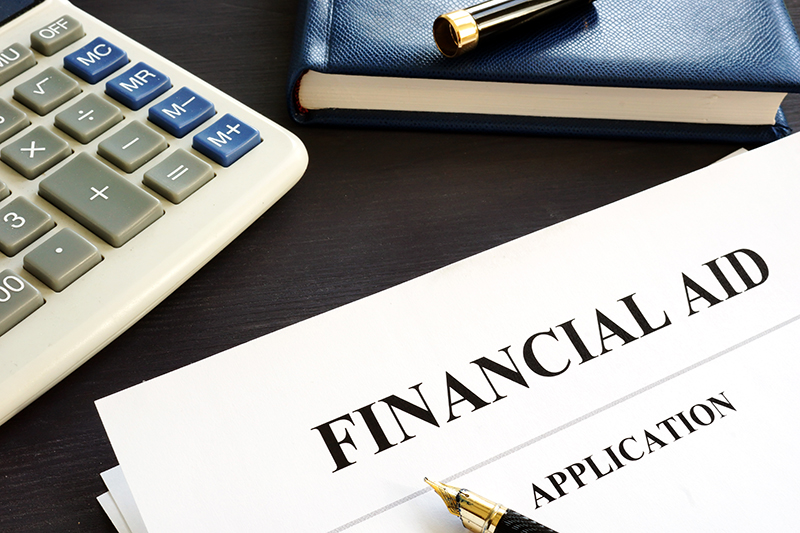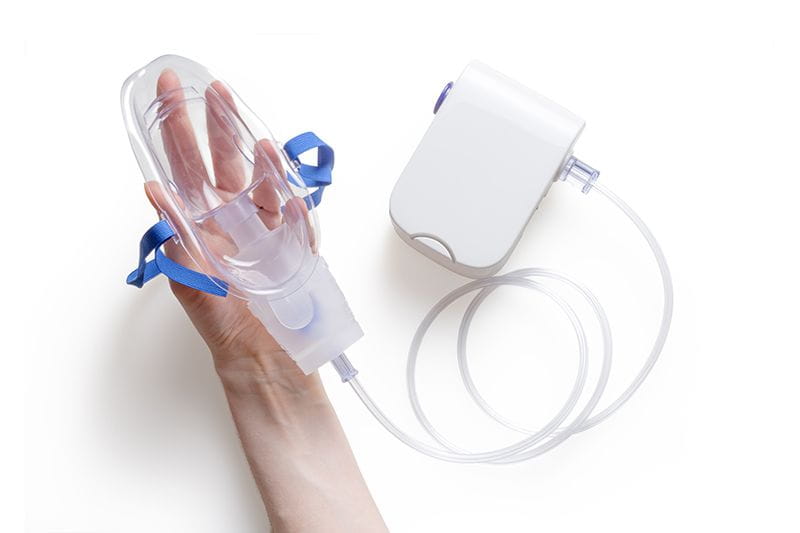It has been a while since you were in the classroom and now you are thinking about going back to school to continue your educational journey. You heard that you should fill out the FAFSA. What is it? What are the steps? What do you need to be mindful of before you start? Where can you go for resources?
Don’t worry, we created a checklist of things to consider and actions to take before you start.
What is the FAFSA?
The Free Application for Federal Student Aid, commonly referred to as the FAFSA, is a form colleges use to help prospective and current students pay for undergraduate, graduate, or career and technical education (CTE) programs.
What is an FSA ID?
The FSA ID is a student’s username and password used to electronically sign the FAFSA. The FSA ID will also be used for other important financial aid paperwork like accepting and repaying federal student loans. If you have a dependent in college, your FSA ID is the same username and password that you use to sign your dependent’s FAFSA.
*Pro-tip, use your personal email or “forever email” address to recover your password in the future.
Where do I go to file the FAFSA?
The FAFSA can be filed online at www.fafsa.gov or the myStudentAid Mobile App.
What year will I file?
You will file for the academic year you plan to attend. Academic years can be Summer term-Spring term (think June-May) or Fall term until Summer term (August-July). If you plan to take a Summer course be sure to check with your school to see which FAFSA you need to complete. If you are unsure where you plan to study, the FAFSA allows you to list up to 10 schools per application. Remember, after you file your first FAFSA you will renew your application every year until you complete your program.
What do I need to file my FAFSA?
- FSA ID
- Social Security Number (SSN) or Permanent Resident Number
- Prior year’s income tax return: adjusted gross income and taxes paid
o Save time and use the FAFSA IRS Data Retrieval Tool - Prior year’s W-2; earnings from working
- The current balance of cash, savings, and checking accounts
- Current net worth investments, including real estate
o Do not include the value of the home you live in or the total value of your retirement plan (401K, 403B)
What happens after the FAFSA?
Once you are accepted to your program, the college will generate a financial aid award letter that can include grants, scholarships, and loans. The award letter is not a bill, but rather a budget that outlines the direct costs like tuition and fees for the year and the indirect costs like books and supplies. Please note that any outside private scholarship and employer tuition assistance program may not be listed. Be sure to tell your school if you have these resources.
Filling out the FAFSA is an important step toward obtaining financial assistance to pay for your education. The sooner you file, the sooner you will know what funds are available to you to help pay for school.





